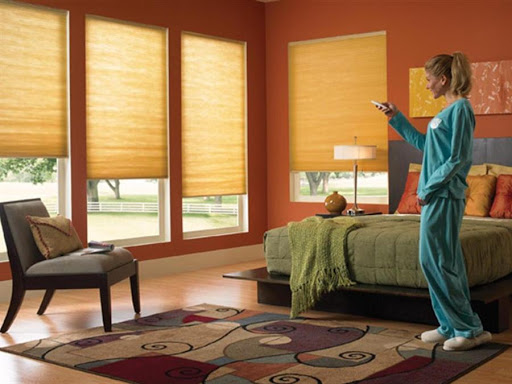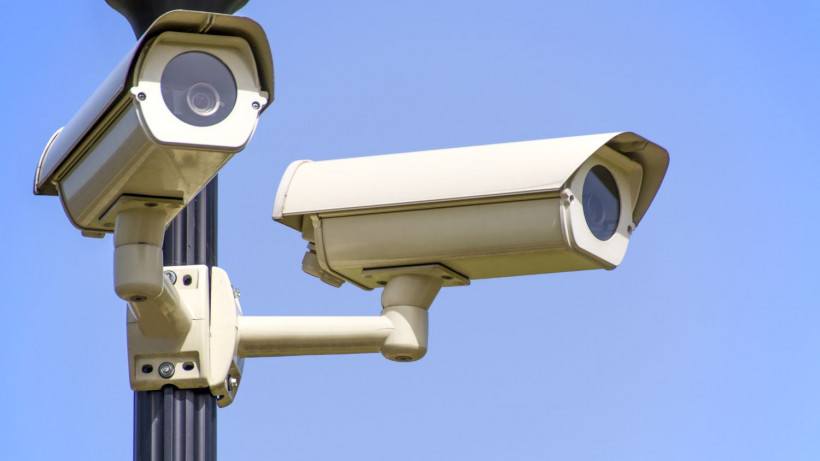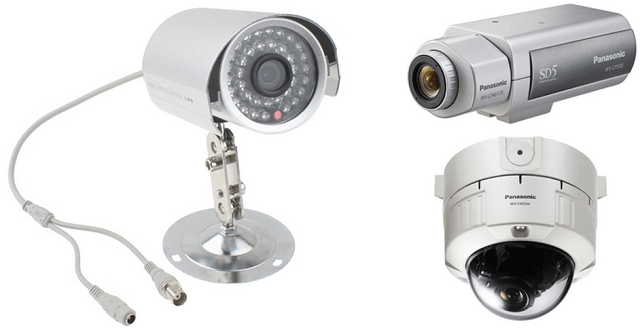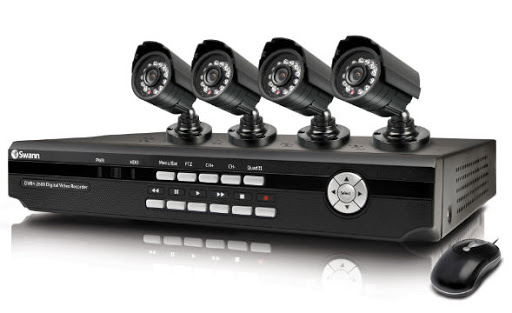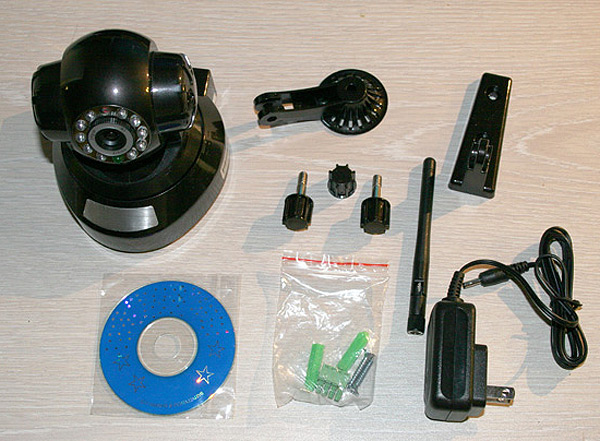The main obstacle to the widespread use of smart home systems in everyday life is their high cost. Simpler and cheaper remotely controlled electrical systems are being considered as an alternative. One of these solutions is a smart socket, which is a modern device that controls the current state of the home appliances included in it.
Device and functionality
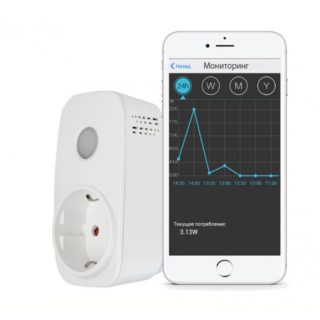
Structurally, the device consists of an executive mechanical module (electromagnetic relay) that connects and disconnects electrical circuits, and a processor that controls it. Any home appliance with a rated power of up to 3.5 kW can be connected to a smart socket. Taking into account this limitation, the user chooses a product with a suitable functionality for him.
The principle of operation of the device consists in remote influence on the loads connected to it. They can be turned on and off according to a previously entered program or remotely. You can manipulate remote-controlled sockets (in addition to programming them) by transmitting commands over an established air channel. To do this, use:
- radio control;
- channel for sending SMS messages;
- Internet.
Depending on the chosen method, one or another means of transmitting control messages is used.
Functionality
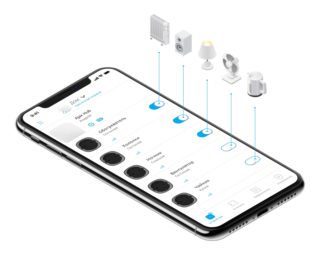
An intelligent socket with a remote control or other means of transmitting parcels (from a phone or tablet, for example) is capable of:
- monitor the current state of household appliances included in it;
- send notifications about the most important parameters (ambient temperature, voltage in the network, etc.);
- automatically turn off equipment in case of sudden voltage drops, short-circuit, as well as overloads;
- turn on / off devices according to a pre-entered program;
- turn off on their own after exceeding the time limit allotted for the operation of the household product.
The more possibilities the socket has, the more effective its use is when controlling home appliances. The only limitation is the requirement for the power of the operated electrical appliances, which should not exceed a given value.
Types of sockets

Smart sockets are classified according to their location and how they are controlled. According to the first sign, they are external and built-in. The first ones are installed in a regular outlet available in the apartment. Thus, they receive power from a 220 Volt network and the ability to perform their functions. The monitored device is connected to them as to a regular socket (into an easily removable adapter).
Built-in controllable sockets are mounted like ordinary products in niches specially prepared for them using a plastic junction box. For their normal functioning, you will need to be connected to the current apartment electricity network. By the way of management, they are:
- radio-controlled;
- with control via GSM (SMS);
- working over the Internet (Wi-Fi sockets).
The same classification includes socket products with temperature sensors and other auxiliary functions.
Radio controlled sockets
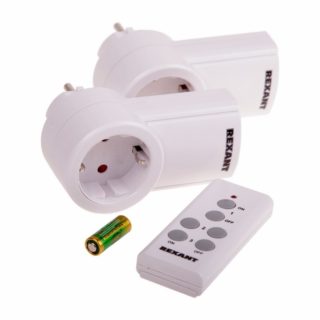
Devices of this class are controlled by commands sent by radio channel from a portable remote control with a maximum range of up to 40 meters. The remote control is powered by conventional batteries, and the outlet itself is powered from the mains.
Depending on the model, the smart kit contains up to 8 labeled products and a remote control with the desired number of channels. It has on / off buttons, which are located in pairs and numbered according to the controlled outlets.
The advantages of radio-controlled smart devices include:
- low cost;
- resistance to e / m interference;
- ease of connection, eliminating the need to change the wiring diagram;
- the ability to control several devices at once;
- profitability.
The relative disadvantages of these radio products are considered to be the limited scope of application due to radio emission and a high percentage of false alarms. Their disadvantages also include signal attenuation by metal or reinforced elements of building structures.
GSM-controlled
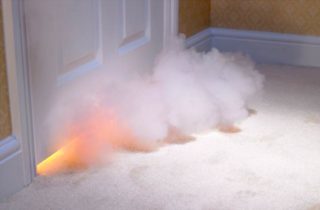
By their appearance, these devices practically do not differ from those controlled by radio - they also have standard pin-plugs for plugging into a regular outlet. On the front panel there are sockets for the consumer of electricity, as well as control buttons and indicators on semiconductor elements (LEDs). Depending on the specific device, various sensors are included in its kit:
- determining the air temperature;
- controlling the presence of gas leaks;
- registering the presence of smoke;
- responsive to the position of the door lock latch.
Inside the product there is a board with a GSM module and a separate slot for a SIM card, as well as a storage capacitor or a battery. The latter are used as a backup (emergency) power source, which allows to work in the mode of receiving and saving commands in the event of a power failure.
These products are produced in two versions, one of which is equipped with only a pair of sockets for switching on the consumer. The second option has several outputs for the load and is similar to a power strip. With its help, it is possible to implement various scenarios for the operation of several loads at once.
Internet Controlled
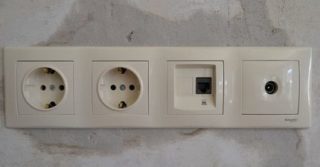
Devices controlled via the network are positioned as Wi-Fi sockets, because they can be controlled from the most remote points where there is an Internet connection. These products are available as an adapter or extension cord. If remote control is required - on a phone, laptop or tablet - you will need to install special software. Thanks to him, the user, if desired, will be able to display the control panel for a set of commands.
After connecting via WI-FI, the socket is assigned an individual IP address, which allows receiving and sending commands in encrypted form. Individual settings made before installation are saved on the server or in the memory of the device itself. In the second case, they are reset when the power is turned off. This category also includes smart sockets with voice control via the Yandex Alice service. If desired, these products are made by hand. This will require in-depth knowledge of electronics and experience in installing electrical circuits.
Connection and configuration
Connection, configuration and commissioning of a radio-controlled product are carried out according to the instructions immediately after it is plugged into the sockets of a conventional outlet. After moving the smart plug to a different footprint, you do not need to re-tune the radio channel. Individual samples of radio models are controlled not only from the remote control, but also by means of buttons on the front panel of the device.

To start and configure a GSM socket, you will need to install a SIM card with a cash balance in the slot available in it, and this is done on a product pulled out of the network. In addition, in the device settings, you should disable the function of entering the PIN code upon power-up. It is important to note that these samples are designed to work only with GSM-cards - other standards are not suitable for this.
Next, the socket is connected to the mains power source, after which the process of initializing its operation begins. In the process, an authorized phone number is written into the device's own memory, from which commands are received and to which reports on the performed operations are sent. The latter are implemented by sending a digital code to the card, which is given in the device's passport. It is formed as a combination of the default password (a row of zeros) and the user's (sender's) phone number. The procedure ends with the receipt of a response message confirming the receipt of the previously sent parcel.
The second option is to call through the mobile phone card number. The call is answered by clearing the call, confirming the completion of the action. The permissible number of authorized numbers is determined by a specific outlet model and is indicated in the product passport. An incorrectly performed authorization procedure will lead to incorrect operation of the GSM socket.
To increase security, after the installation of the authorized number is completed, the previously used default password (a series of zeros) is changed to a more complex one. This can be done by sending a message to the SIM card with the digital code specified in the attached passport. At the final stage, they begin to configure the device, for which each of its functions is assigned a given code, which is also indicated in the document. To simplify the exchange of messages, the selected codes are stored in the telephone memory in the form of templates, and they are also associated with shortcut keys.
Multichannel sockets with SMS function allow the connection of several electrical appliances at once with an individual scenario of the functioning of each of the devices. There are no generalized instructions for commissioning and commissioning for such devices, since their setting is individual for each new model. The order of its implementation is given in the technical document.
Selection rules and criteria
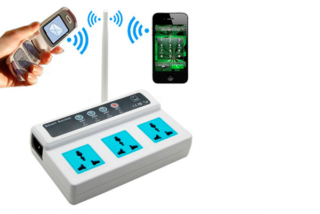
Tips for choosing different types of smart plugs:
The selection of a radio-controlled device should be based on the specific place of use and the area of its installation. This will eliminate unwanted signal attenuation and frequent interruptions. It should be remembered that radio-controlled sockets are available only for outdoor use.
- GSM products for Split systems are selected together with a backup battery, which allows you to save the previously made settings in the event of a network failure.
- The number of connectors for connection must correspond to the intended volume of the used electrical appliances.
- The reserve of the permissible current load cannot be less than 30 percent of the power of the controlled consumers.
In addition to the GSM function, some models provide additional control via the Internet. When using such an outlet, the buyer will be able to use an alternative option if one type of communication is lost.
Popular manufacturers of smart plugs
Among the models with radio control are:
- ARA3-1500 R from COCO International B.V. with a range of 30 meters and a power of 1.5 kilowatts (number of channels - 3).
- AGDR-3500 from the same manufacturer with a coverage radius of 30-70 meters and a connected load capacity of 3.5 kW. The number of working channels is 6 pieces.
- UNIEL grades USH-P004 and P009 (G3-1000W-25m and G3-3600W-25m) with the characteristics given in their designation. The number of channels is 3 and 4, respectively.
Popular models of SMS products are represented by smart sockets from Xiaomi, Tp-Link and other samples.A well-known Chinese manufacturer offers the popular Smart Power Plug model, which can work over the Internet and has a built-in timer. Tp-Link has one of its finest HS100 models up for sale. The socket is controlled via Wi-Fi (Internet) directly from the smartphone.

